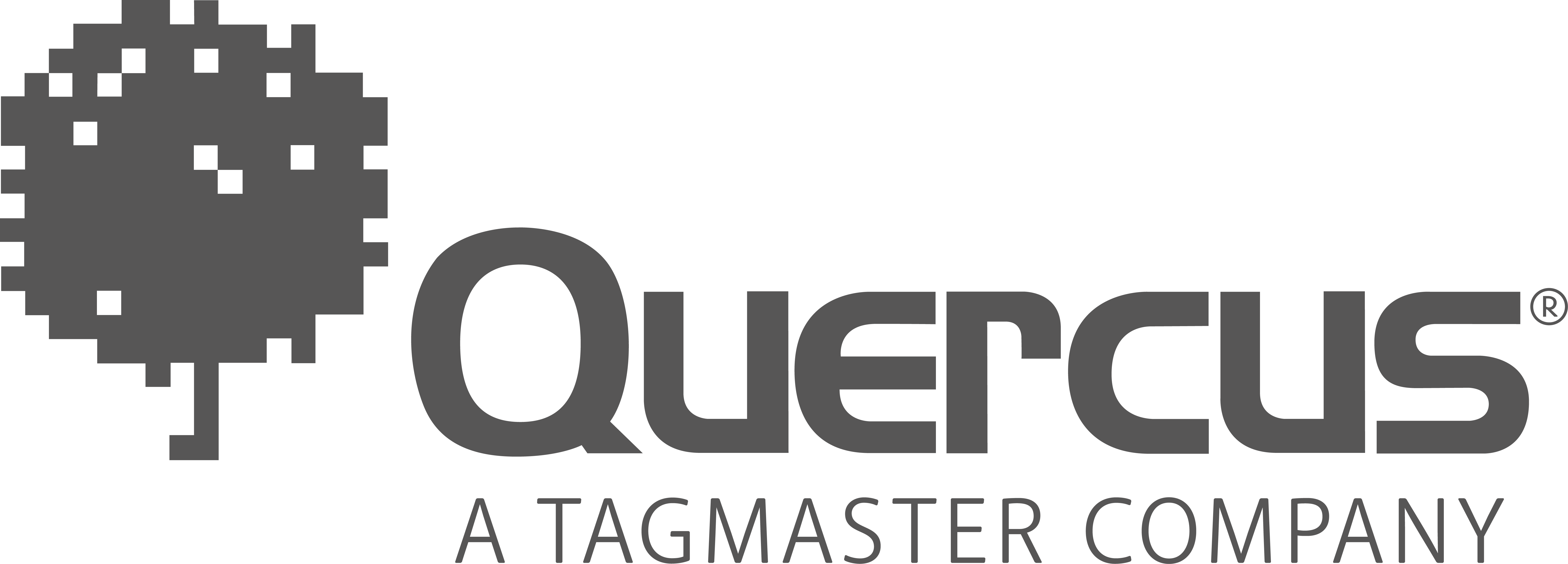Improved parking guidance with occupancy-sensor lights for each space
Parking facility owners share an essential goal: improve customers’ parking experience. The better the parking process, the more likely drivers are to return. Therefore, user experience has become a key target for parking guidance system and global mobility solution providers.
That is why companies adapt to customers’ needs, adding new elements to parking solutions in their quest to improve the parking and mobility experience inside their facilities. At the end of 2020, Quercus Technologies launched a number of improvements to its comprehensive parking solution: sensor lights for each parking space and matrix information displays.
RGB or guidance lights are installed over each parking space, and are connected to the SC Indoor control unit located at the mid-point of the aisleway. The lights indicate each space’s availability status, and the central parking sensor recognizes the vehicles’ license plates, detects their presence and records video footage when movement is detected. This way, the system identifies the free, occupied and special parking spaces of every facility, and provides drivers with this information. None of this affects the efficiency of camera-based guidance systems that gather all of the information on the vehicles.
The lights show information on the availability and type of places and have a wide array of customization options, including up to 65,000 different colors to identify the different space types. For example, pink lights for families or pregnant women, blue for individuals with reduced mobility or any other color for reserved spaces, electrical vehicle charging station spaces, etc.
What situations require a parking space light guidance system?
It would be logical to think that a smart guidance system with camera-based parking sensors is more economical than other technologies, such as ultrasound. In a camera-based guidance system, data are gathered on a number of vehicles parked on either side of the lane through a control unit installed in the mid-point of the aisleway. This way, facility operators can save by installing one sensor per every four spaces instead of a vehicle detection light over each parking space.
Nevertheless, some parking spaces are located in areas where signposting for end users is more complex. This can be because of the way the spaces are laid out, for example at corners or with difficult angles that may make drivers reluctant to park there. This can be easily resolved with the addition of RGB lights over each of these difficult-to-indicate spaces for drivers wishing to park in that area.
There are also special cases in specific parking facilities where it is necessary to indicate the availability of parking spaces one by one. These are cases like the Oakland Mall in Guatemala, where Quercus Technologies delivered a project featuring over 2,000 RGB lights to supplement the camera-based parking sensors. Now, Oakland Mall uses the light-per-space system from Quercus Technologies. This option reinforces the availability indication with an RGB light for each of the parking spaces. Now the parking facility can provide more information to drivers on occupancy of parking spaces, and efficiently help them find one that is available.
ARTICLES THAT MAY INTEREST YOU...

Contact us
If you are looking for answers, want more information, want to solve a problem or simply want to tell us how we did, please contact us.
We're happy to help you!



